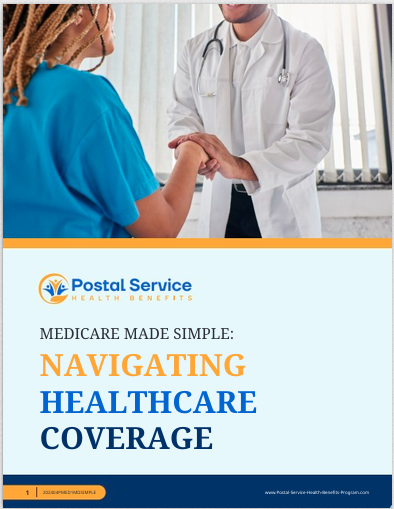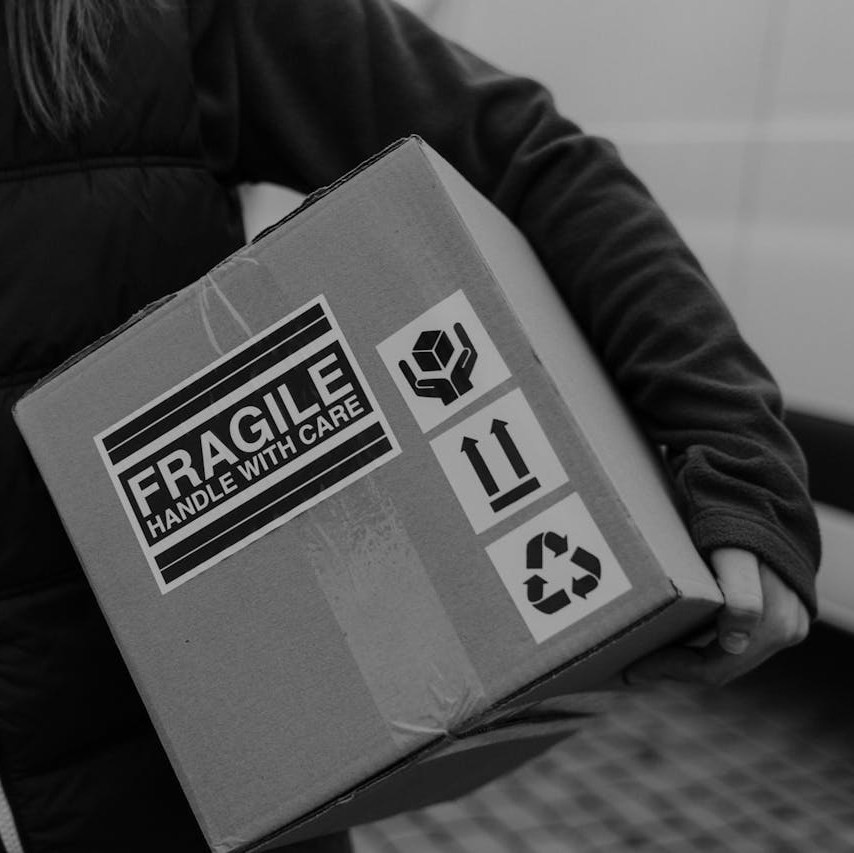Key Takeaways:
- Postal retirees have unique considerations when choosing between PSHB and FEHB.
- Understanding coverage options and costs is essential for making an informed decision.
Comparing PSHB and FEHB: Essential Information for Postal Retirees
Choosing the right health insurance plan is a crucial decision for postal retirees. This guide provides essential information on the Postal Service Health Benefits (PSHB) and the Federal Employees Health Benefits (FEHB) programs, helping you make an informed choice.
Eligibility Requirements for Postal Retirees
The PSHB program, established under the Postal Service Reform Act of 2022, is set to replace FEHB coverage for USPS employees, annuitants, and their families starting January 1, 2025. To be eligible for PSHB, retirees must meet certain criteria, including enrollment in Medicare Part B if they are eligible. FEHB, on the other hand, continues to cover federal employees and retirees not transitioning to PSHB, with fewer specific requirements tied to Medicare enrollment. This change aims to streamline benefits and reduce costs through better coordination with Medicare.
For instance, a postal retiree who is not enrolled in Medicare Part B will not be eligible for PSHB. This requirement ensures that the costs are shared between the federal program and Medicare, potentially reducing premiums and out-of-pocket expenses for retirees. However, this also means that retirees need to plan for the additional cost of Medicare Part B premiums.
Cost Analysis: Premiums, Deductibles, and Out-of-Pocket Expenses
Understanding the cost implications of each plan is crucial. PSHB plans will align with FEHB plans regarding government contributions and premium structures. However, PSHB plans are expected to offer integrated Medicare Part D benefits, potentially affecting overall costs. Retirees should consider premiums, deductibles, and out-of-pocket maximums for both PSHB and FEHB plans to determine which offers better financial stability.
For example, while the premiums for PSHB plans might be similar to those of FEHB, the integration with Medicare Part D could lead to lower out-of-pocket costs for prescription medications. This integration means that PSHB enrollees will benefit from the Medicare Part D employer group waiver plan (EGWP), which often provides better prescription drug coverage than standalone plans.
Coverage Options and Additional Benefits
Both PSHB and FEHB provide comprehensive health coverage, but there are differences. PSHB plans will include integrated Medicare Part D employer group waiver plans (EGWP) for eligible members, ensuring seamless prescription drug coverage. FEHB plans may offer different levels of coverage for vision, dental, and other supplemental benefits. It’s important to compare these additional benefits when evaluating which program best meets your healthcare needs.
PSHB plans will cover a wide range of services, including hospital care, physician services, preventive services, and prescription drugs. Additionally, the integration with Medicare Part D ensures that retirees have access to a comprehensive formulary of medications. FEHB plans, while also comprehensive, may have varying levels of coverage for supplemental services like dental and vision care.
Comparing Provider Networks and Accessibility
Provider networks can significantly impact your access to care. PSHB plans are expected to offer robust networks similar to those in FEHB, but with potential enhancements due to the integration of Medicare benefits. Evaluating the availability of preferred doctors, specialists, and hospitals within the networks of both PSHB and FEHB plans is essential for maintaining continuity of care.
For instance, if you have a long-standing relationship with certain healthcare providers, it’s crucial to ensure they are included in the PSHB plan network. Additionally, the integration with Medicare might expand the network of providers available to PSHB enrollees, offering more choices and potentially better access to specialized care.
Impact of Medicare Integration on Coverage and Costs
One of the significant changes with PSHB is the requirement for Medicare Part B enrollment for eligible retirees. This integration aims to reduce overall healthcare costs for both the Postal Service and retirees by coordinating benefits between Medicare and PSHB plans. However, it also means that retirees need to account for the additional cost of Medicare Part B premiums in their budgeting.
The coordination of benefits between Medicare and PSHB is designed to minimize out-of-pocket costs for retirees. For example, Medicare will act as the primary payer, with PSHB covering remaining eligible expenses. This coordination can lead to lower costs for services like hospital stays, physician visits, and preventive care. Additionally, the integrated Medicare Part D benefits can provide significant savings on prescription medications.
Making the Right Choice: Factors to Consider for Postal Retirees
When choosing between PSHB and FEHB, consider the following factors:
- Healthcare Needs: Evaluate your current and anticipated healthcare needs, including access to specialists and specific treatments.
- Financial Considerations: Compare the total costs, including premiums, deductibles, and out-of-pocket expenses.
- Provider Access: Ensure that your preferred healthcare providers are within the plan’s network.
- Medicare Integration: Understand how Medicare integration affects your coverage and costs, especially the requirement for Medicare Part B enrollment under PSHB.
- Supplemental Benefits: Consider additional benefits such as vision, dental, and prescription drug coverage.
For example, if you anticipate needing extensive medical care or prescription medications, the integrated benefits of PSHB might offer greater financial protection. On the other hand, if you prefer a broader range of supplemental benefits, an FEHB plan might be more suitable.
Navigating the Transition
The transition from FEHB to PSHB may involve significant changes. It’s essential to stay informed and review plan details during the Open Season period, which will allow retirees to make any necessary adjustments to their healthcare coverage. Consulting with a licensed insurance agent can provide personalized guidance tailored to individual circumstances.
During the transition, it’s important to pay attention to enrollment deadlines and ensure that you meet all eligibility requirements. Additionally, reviewing the specific benefits and provider networks of the available PSHB plans can help you make an informed decision.
Understanding the Long-Term Implications
Postal retirees must consider the long-term implications of their health plan choice. The integration of Medicare with PSHB may offer benefits such as streamlined claims processing and reduced out-of-pocket costs for prescription drugs. However, it also requires ongoing coordination between Medicare and PSHB plans, which may be new for some retirees.
For example, while the integration can lead to significant savings, it also means that retirees must stay enrolled in Medicare Part B and continue paying the associated premiums. Understanding these long-term commitments and benefits is crucial for making the right decision.
Making an Informed Decision
Choosing between PSHB and FEHB requires careful consideration of various factors, including eligibility requirements, costs, coverage options, and the impact of Medicare integration. By thoroughly understanding these elements and staying informed about the latest updates, postal retirees can make a decision that best suits their healthcare needs and financial situation.
Contact Information:
Email: [email protected]
Phone: 9725550123







